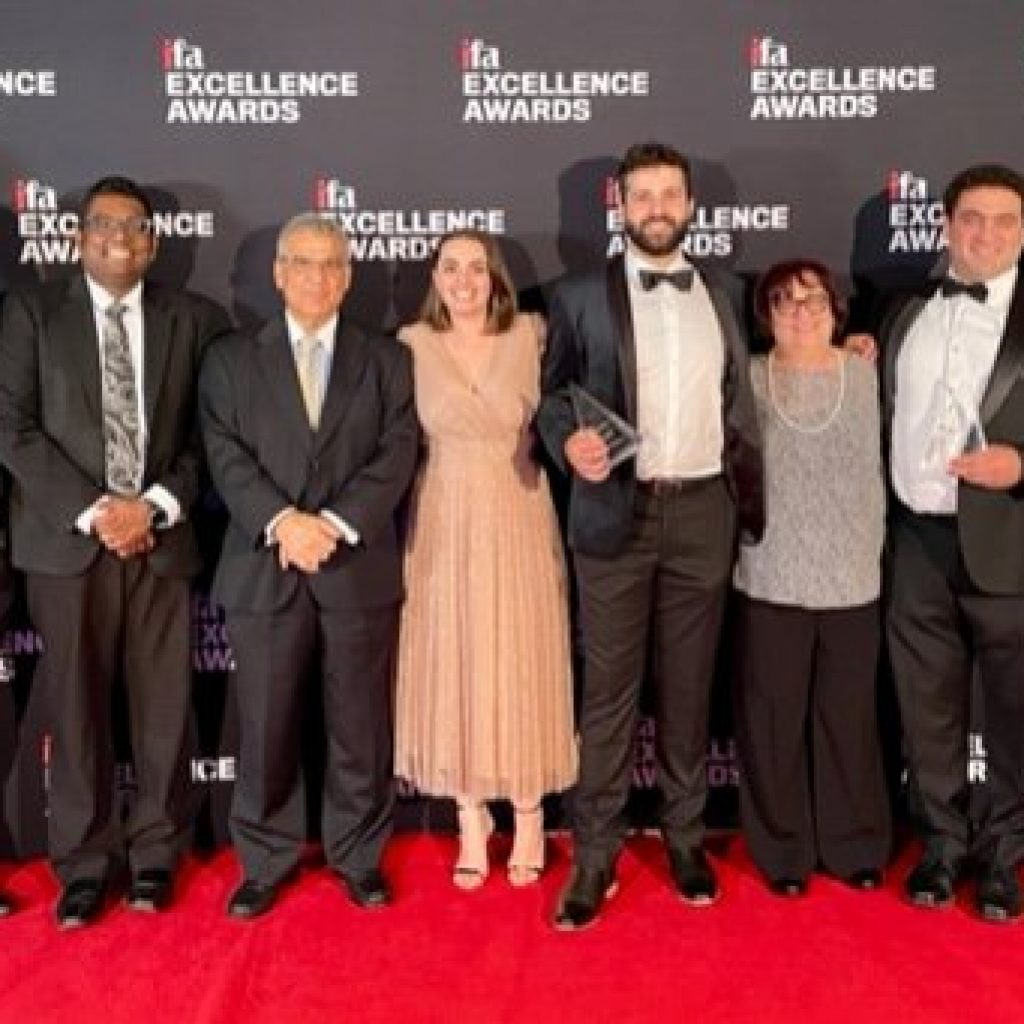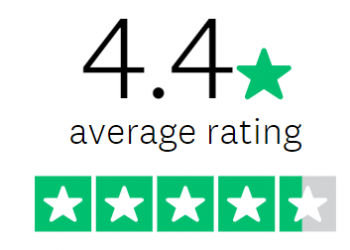This article also appears in ifa magazine.
As an adviser, it can all be overwhelming! Ongoing legislative and compliance change, continued pressure to meet education requirements, alongside the ever-present pressure of ensuring that your clients are happy, and they are receiving the professional, quality advice that they deserve.
The traditional advice model, where your practice represents a one-stop shop for all of your clients’ needs, is becoming increasingly difficult to deliver. There is just not enough time in the day to maintain the competency you need to advise across all areas of financial advice. With Standard 10, of the FASEA Code of Ethics requiring you to “develop, maintain and apply a high level of relevant knowledge and skill”, this becomes increasingly difficult to meet where your advice proposition is broad and multifaceted.
Aged care advice is one of those advice specialties that can present some difficulties when it comes to delivering a quality, compelling and profitable advice proposition for clients. You know that your clients will no doubt need it at some point, whether that be for themselves, their spouse, or possibly an ageing loved one, however, how do you manage that need once it arises?
Every financial adviser has a role to play when it comes to addressing the aged care needs of their clients. It is however up to them how they choose to manage these needs, in terms of their business model. It is not enough to simply avoid the conversation when it comes to planning for the cost of care as your client ages, and the FASEA Code of Ethics, Standard 6 further reinforces this, with the requirement to “actively consider the client’s broader, long-term interests and likely circumstances.” If you are advising pre-retiree and retiree clients, the discussion of planning for the cost of care becomes part and parcel of the conversations you have, addressing their needs and objectives as they progress through retirement.
It is critical to understand the importance of having meaningful conversations with your clients, discussing the life that they would like to live throughout their retirement years. This includes, for example, their plans to travel during their early years, right through to how they would like to access care and support as their health declines with age. Your role as an adviser is fundamental in raising the important issues around estate planning objectives, as well as how they would like to fund the cost of care. You do not need to be an aged care specialist to have these conversations, as they are an integral part of the retirement planning process.
So, what are the options available to advisers who are committed to addressing the aged care needs of their clients – whether that be right now, or in the future?
Option 1: Become an aged care specialist. The FPA has released an FPA Aged Care Specialist™ accreditation, and there is a range of courses that have been developed to build your competency and confidence in providing quality aged care advice.
Option 2: Establish an aged care specialist within your practice. The specialist might not be you, however, there might be an adviser in your business that takes a keen interest in, or has some experience providing aged care advice, that could prove a valuable service to your clients. You might even decide to set up a separate aged care brand, to which your practice refers to.
Option 3: Connect with an aged care specialist and partner with them to provide the aged care service to your clients. This way, you can introduce the relationship, be involved in developing the objectives and outcomes, however, the specialist provides the aged care advice directly and ensures that you are kept in the loop regarding the process.
Option 4: Outsource aged care advice to a trusted expert. Undertake your due diligence and source an aged care specialist that can provide professional aged care advice to your clients when they need it. Position the value of this strategic advice to your clients, and make sure your clients are aware that you do have an aged care solution should they need it.
It has never been so important to have an aged care advice solution embedded within your advice practice. Exactly what that solution is, is up to you. With a solution in place, you can have the confidence to have meaningful conversations with your clients about how they would like to live throughout their retirement years and enable them the freedom to choose the right care solution for them, as they age.
You can listen to the Lifespan Live podcast “The time is now – Expert insights into how to develop an aged care advice solution for your clients” here.
Lisa Gregory, Marketing Development Manager, Lifespan Financial Planning















